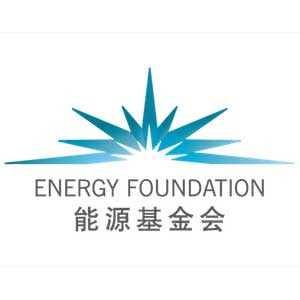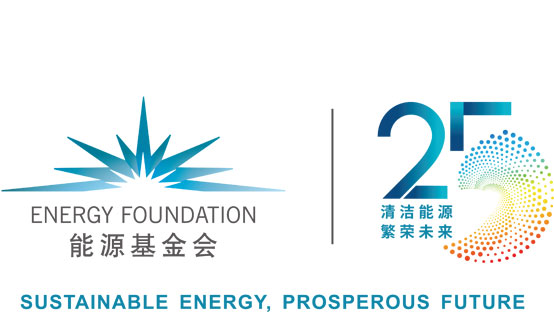We Applaud China’s Continuing Commitment to Clean Air
On July 3, the State Council issued its Air Quality Action Plan for the next three years (2018-2020), a renewal of its previous five-year program for air pollution prevention and control. So far, this is the clearest indication of the Chinese government’s determination to continue its campaign of environmental cleanup—the so-called “Battle for Blue Skies.” It’s effectively announcing to the world that its commitment to green development for the country is still going strong as the Chinese economy settles into slower growth rates with a looming trade war on the horizon.
The Chinese government has repeatedly proclaimed the country’s passage into a new stage of emphasizing quality of development over speed of development. Indeed, the Chinese people now value clean air, personal comforts, and physical health more than ever and consider the many benefits brought by a good environment as essential elements in bettering their lives. The new Action Plan precisely caters to this demand. It is also providing fresh momentum for the country’s economic growth with heavy promotion of new technologies at the same time.
In the five years since the implementation of the previous plan, the national air quality has attained overall improvement with significant progresses in key regions. However, the current outlook in this area is still quite grim. Emissions of atmospheric pollutants such as SO2, NOx, smoke and dust, and VOCs are still at very high levels, exceeding the environment’s capacity to absorb them. In 2017, the last year of the previous action plan, only 29.3 percent of the 338 cities at the prefecture-level and above met the national air quality standards. Suffice it to say, many people still find air quality in the country not quite to their satisfaction.
Energy Foundation China believes that this is where the new Action Plan will make great changes and it is an essential program to ensure the victory of the Battle for Blue Skies in the coming years. Here are some of the highlights of the Action Plan and suggestions on its implementation from our foundation:
The way that new air quality targets are set seeks to highlight the requirements for PM2.5 non-attainment cities with a clear goal on reducing the proportion of heavy pollution days. However, concrete figures of PM2.5 for key cities are left out. The same approach should also be applied to Beijing and other key cities so as to strengthen their roles on leading regional pollution prevention and control efforts. Additionally, non-attainment cities should be urged to formulate their own action plans on meeting the standards as soon as possible in full accordance with the requirements of the Chinese Law on Prevention and Control of Atmospheric Pollution.
With low-hanging fruits mostly gone, the new Action Plan will have to tackle root causes to make progress. This means taking up the difficult task of restructuring the country’s energy, manufacture, transportation, and land-use sectors. In this regard, we strongly suggest that structural reforms on the supply side should be promoted, using environmental pollution level as a concrete indicator for exposing and eliminating surplus production capacity and obsolete enterprises. In the energy sector, we think China must continue its focus on coal, taking concrete steps towards reducing the use of disaggregated coal, promoting coal-to-gas options and other cleaner alternatives. Of course, this should go hand in hand with strong promotion of renewable energy and other non-fossil alternatives as part of its comprehensive strategy on curbing greenhouse gas emissions.
The co-management of air pollution and carbon emissions is a new trend for China’s environmental and climate policymaking following the government’s restructuring. Coordination among their targets, standards, enforcement, market solutions, and international exchange efforts is a priority for officials at both the national and local levels. In the Pearl River Delta, where cities have already met the national air quality standard, the next step is to move toward more stringent targets and build top runners for other Chinese cities to learn from. They should also pioneer the co-control of fine particulate matter and ozone, which can bring substantial human health benefits.
Pollution reduction in the transportation sector is one of the most visible parts of the Action Plan, which places special emphasis on the adjustment of transportation structure with particular focus on diesel trucks. These measures are based on the results of pollution source analysis of key regions, which are in line with the increasingly prominent reality of high pollution emissions from mobile sources in China. As part of emission reduction efforts in this area, we think that railway reform should be further promoted to improve the competitiveness of freight train transportation over road transportation. To this end, new technologies and big data can be of great value, therefore they should be increasingly utilized.
For many years, Energy Foundation China has been a faithful observer and a dedicated stakeholder with regard to the development of China's energy, environmental, and climate change sectors. We believe that the introduction of the new Action Plan for the next three years will inject a strong impetus to promote overall improvement of China’s air quality. And we are willing to work with all parties concerned to make contribution to the cause. In the process of building a greener China, we hope that Chinese people’s can realize their dream for a better life!




